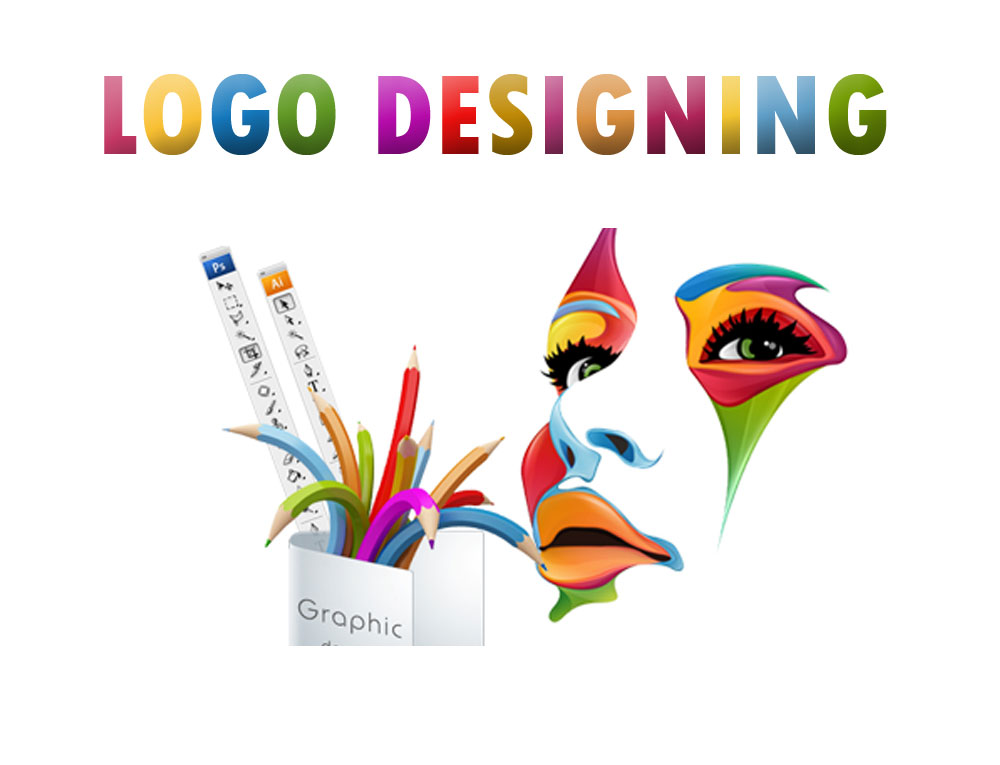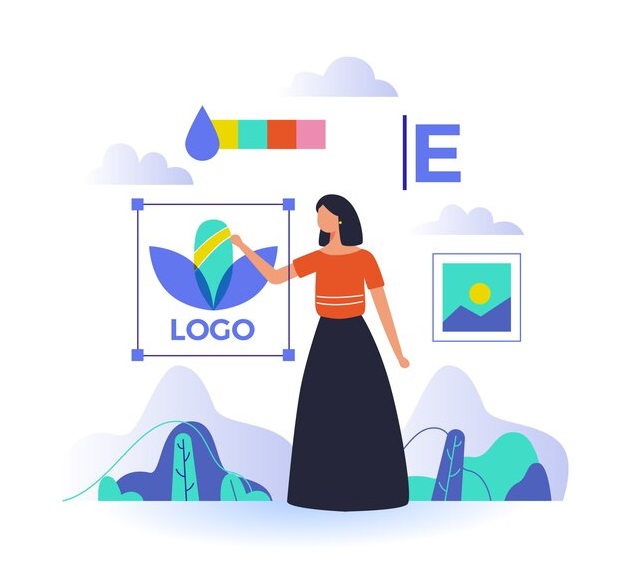Logo Designing
Quick solution India is a leading digital marketing agency in Pitampura that offers various services to help businesses achieve their marketing goals. One of the services that the company offers is logo designing. In today’s digital age, having a strong brand identity is crucial for any business to stand out from the competition. A well-designed logo can help a business establish a memorable and recognizable brand image that can be used across various marketing channels. We understand the importance of a great logo and offer a comprehensive logo design service to our clients.
Our professional designers work closely with clients to understand their brand, target audience, and marketing goals. This helps them create a logo that not only looks great but also effectively communicates the brand’s values and message.
To create a logo, our designers first see what the brand is representing and what its goals are. Because a powerful logo represents a brand in such a way that it gets printed in the minds of our target users. We also get to know the client's business. We make a strategy framework for the brand as per the wishes of the client, and under that strategy, we design the logo of your brand with complete uniqueness.

Search and brainstorm
As a leading logo designing agency in Pitampura, we do research about your industry and prepare a master plan to beat your competitors. Our professional designers will work for you to create a logo that sets you apart from your competitors. We also develop creative ideas to decide on our art direction. These brainstormed ideas help us to create a visual representation of your logo.
In this stage, we create logo concepts using the collected data. It is essential for us to clearly communicate your brand logo and the message you want to convey through our designs. This helps the team create designs that are in line with your brand’s values and tone. We select the best logos to execute them digitally.
After completing the logo design, it is very important for us to know whether the client is impressed with the logo created by us or not. Being the top digital marketing agency in Pitampura, we have a habit of delivering excellent results beyond the expectations of our clients. If still the client wants any kind of improvement in the logo, then our team solves their query as soon as possible


